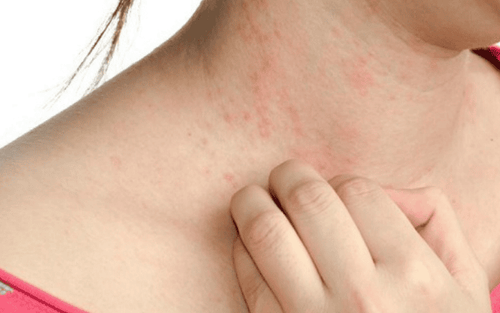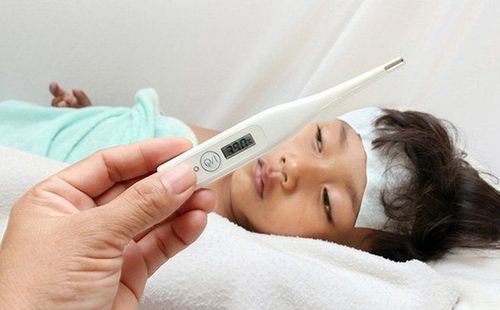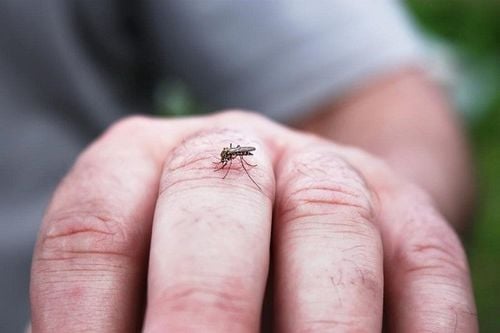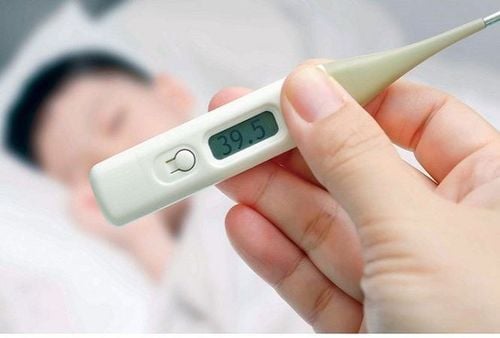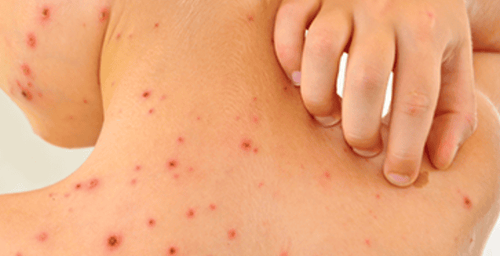This article was professionally consulted by Vu Van Tam, MD, Doctor of Internal Medicine - Infectious Diseases, Department of General Medicine & Internal Medicine at Vinmec Ha Long International General Hospital.
Dengue fever is a disease caused by the Dengue virus, for which there is currently no specific treatment or vaccine. As a result, dengue fever can cause large-scale outbreaks. Severe dengue fever can lead to death and cause significant socio-economic damage. Understanding the epidemiology of dengue fever, as well as the seasons when dengue fever is most common, will help in proactively preventing it.
1. Overview of Dengue Fever
Dengue fever is a contagious disease that can be transmitted from an infected person to a healthy one through the female Aedes mosquitoes, particularly Ae. aegypti and Ae. albopictus. The causative agent is the Dengue virus, which belongs to the Flaviviridae family, with four serotypes: DEN-1, DEN-2, DEN-3, DEN-4. As there is no treatment or vaccine available, the most effective preventive measure is to control and prevent the vector.
The World Health Organization (WHO) categorizes Dengue fever into three levels: Dengue fever, Dengue fever with warning signs, and Severe Dengue fever.

2. Epidemiology of Dengue Fever
- In the world
Dengue fever is endemic in over 100 countries, ranging from tropical to subtropical regions and other areas across the Americas, Africa, the Eastern Mediterranean, Southeast Asia, and the Western Pacific. Among these, Southeast Asia and the Western Pacific are the most heavily affected regions.
All four serotypes of the Dengue virus are currently circulating in Asia, Africa, and the Americas. However, due to early detection and effective management, the reported mortality rate has significantly decreased in recent years compared to the death toll in the decades before 2000.
When Dengue fever leads to complications, the risk of death increases significantly, as seen in India, Indonesia, and Myanmar, where the mortality rate is 3-5%. The disease severely impacts countries in Asia and is one of the leading causes of hospitalization and death among children.
- In Vietnam
The Dengue fever epidemic is more prevalent in the southern regions, making up a significant portion of the national cases. Each year, Vietnam reports an average of 80,000 to 100,000 Dengue fever cases, with dozens of fatalities. Areas with high population density, where people store clean water in containers (e.g., jars, vases, basins, ponds), and construction sites with discarded materials containing stagnant water, provide ideal breeding grounds for the disease. The timely control and response to Dengue fever outbreaks is a crucial issue. So, which season is most likely to experience Dengue fever?
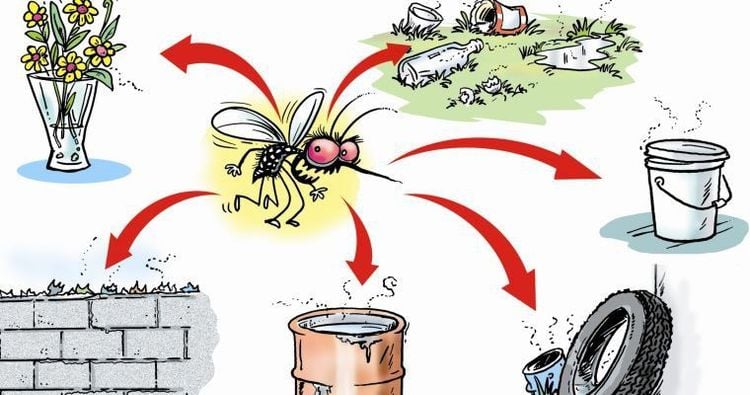
- Which Season is Most Prone to Dengue Fever?
Dengue fever tends to cause outbreaks during the rainy season when the average temperature is high. In the southern and central regions, Dengue fever can occur year-round. In the northern and Central Highlands regions, the disease typically appears from April to November. According to data from 2019, Dengue fever was most prevalent in the months of July, August, September, and October, with a particularly strong outbreak in November. The cycle of each outbreak occurs approximately every 3-5 years, typically following a few smaller outbreaks before a large one.
- Transmission Method
The disease vector is the female mosquitoes Ae. aegypti and Ae. albopictus. The virus is transmitted through mosquito bites, primarily by Ae. aegypti mosquitoes, which prefer to feed on human blood during the day, usually in the early morning and late afternoon, and may bite multiple times if they are not yet full. Adult mosquitoes typically rest in dark corners and prefer to lay eggs in clean water containers. Aedes mosquitoes thrive during the rainy season when the average temperature exceeds 20°C. Aedes albopictus mosquitoes play a smaller role in transmission as they feed less on human blood and can survive in natural environments, including forests and mountains.
Dengue-transmitting mosquitoes usually lay their eggs in containers that hold clean water in and around the home, such as buckets, jars, vases, water containers, flower vases, empty containers, trash, and old tires with stagnant water. Mosquito eggs can survive in very dry conditions for months and hatch when they encounter water. Throughout a female mosquito's life, it can lay eggs up to five times, with each batch containing dozens of eggs.
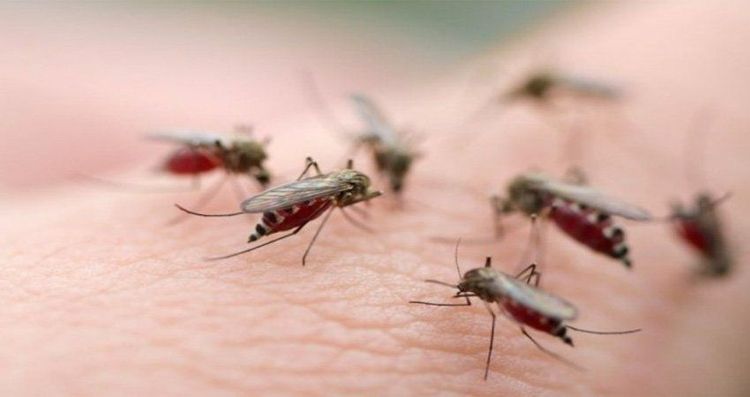
3. Where Does Dengue Fever Typically Occur?
In Vietnam, Dengue fever occurs in all three regions: North, Central, South, and the Central Highlands, affecting both urban and rural areas. The highest number of cases is recorded in the southern, central, and Central Highlands provinces. In some northern plain and coastal provinces, as well as northern mountainous regions, cases are less frequent. In recent years, the number of Dengue fever cases in the northern provinces has also increased, particularly in Hanoi, where the number has been rising rapidly. Hanoi has become the hotspot for the Dengue fever epidemic in northern Vietnam.
Knowing which season is most prone to Dengue fever will help in taking proactive measures to prevent it, ensuring the health and safety of your loved ones and family.
To arrange an appointment, please call HOTLINE or make your reservation directly HERE. You may also download the MyVinmec app to schedule appointments faster and manage your reservations more conveniently.
To arrange an appointment, please call HOTLINE or make your reservation directly HERE. You may also download the MyVinmec app to schedule appointments faster and manage your reservations more conveniently.

